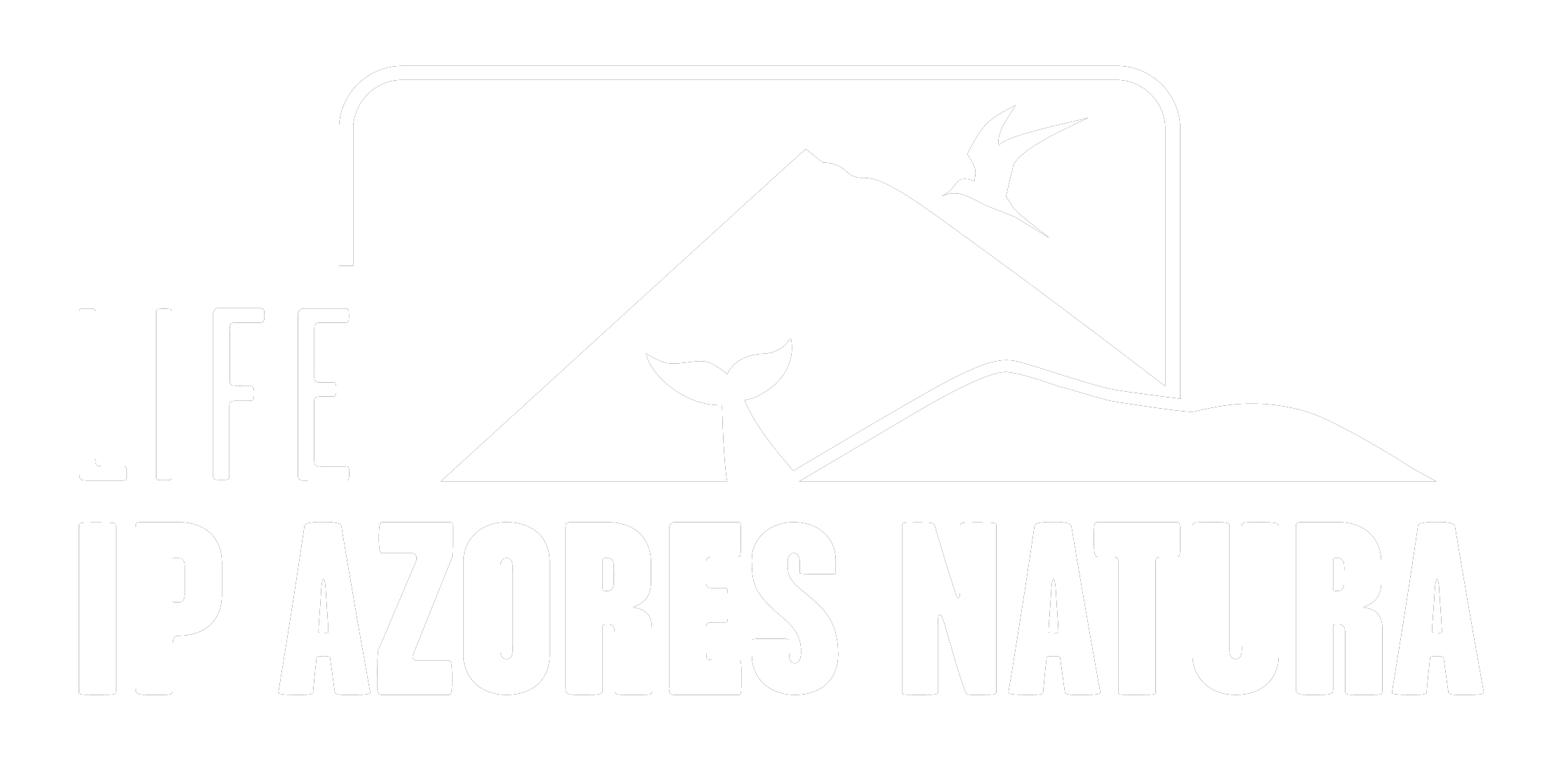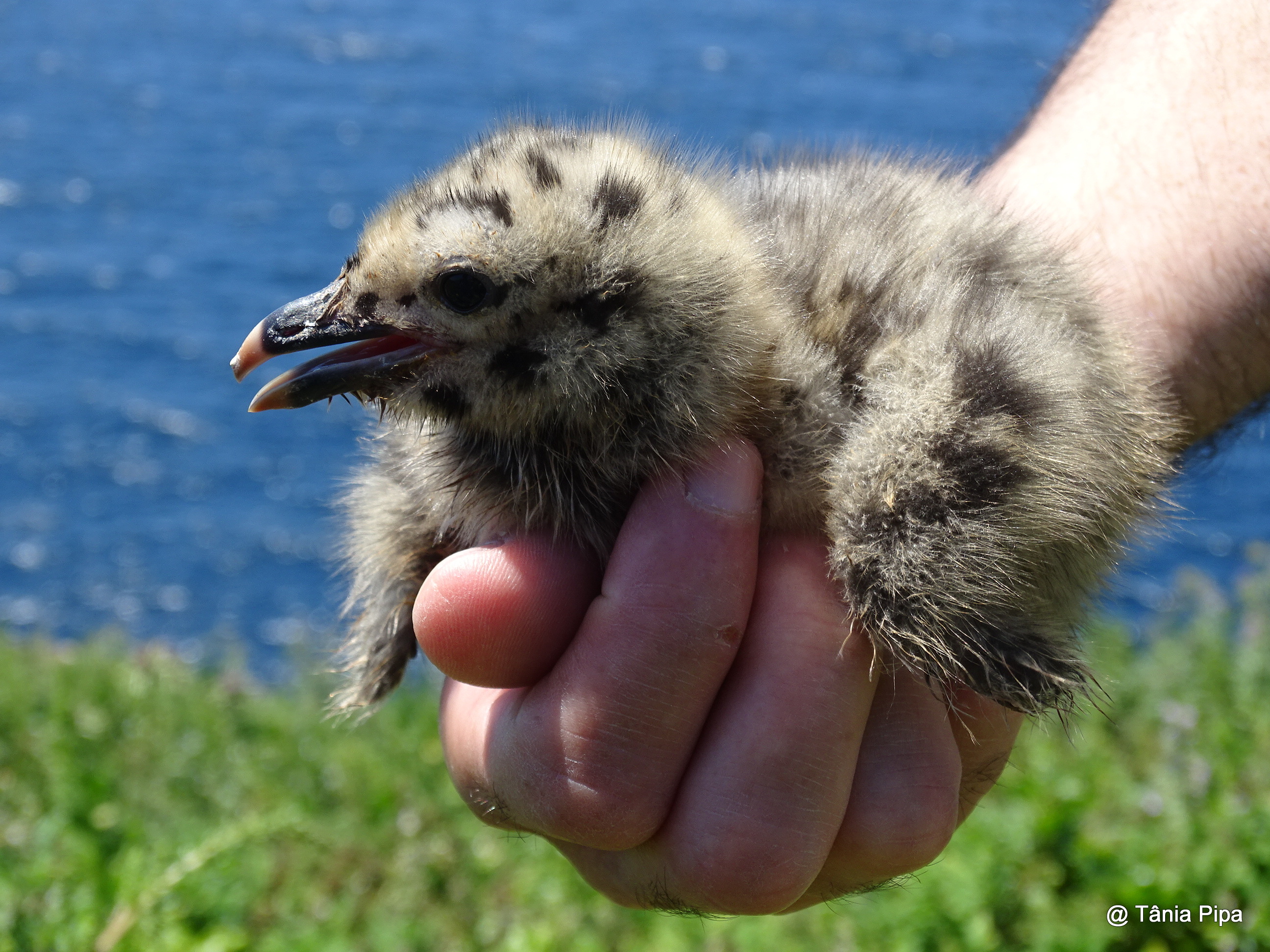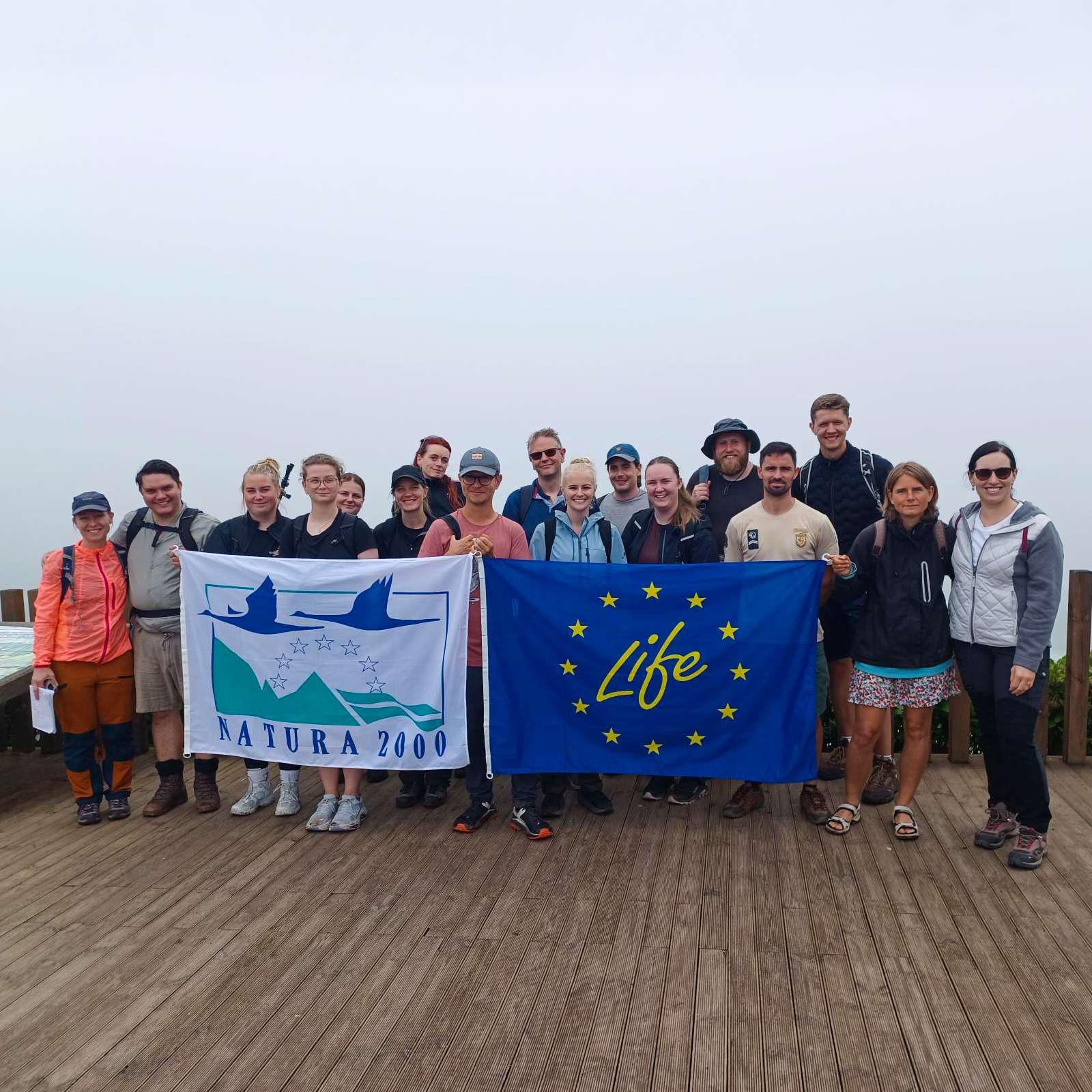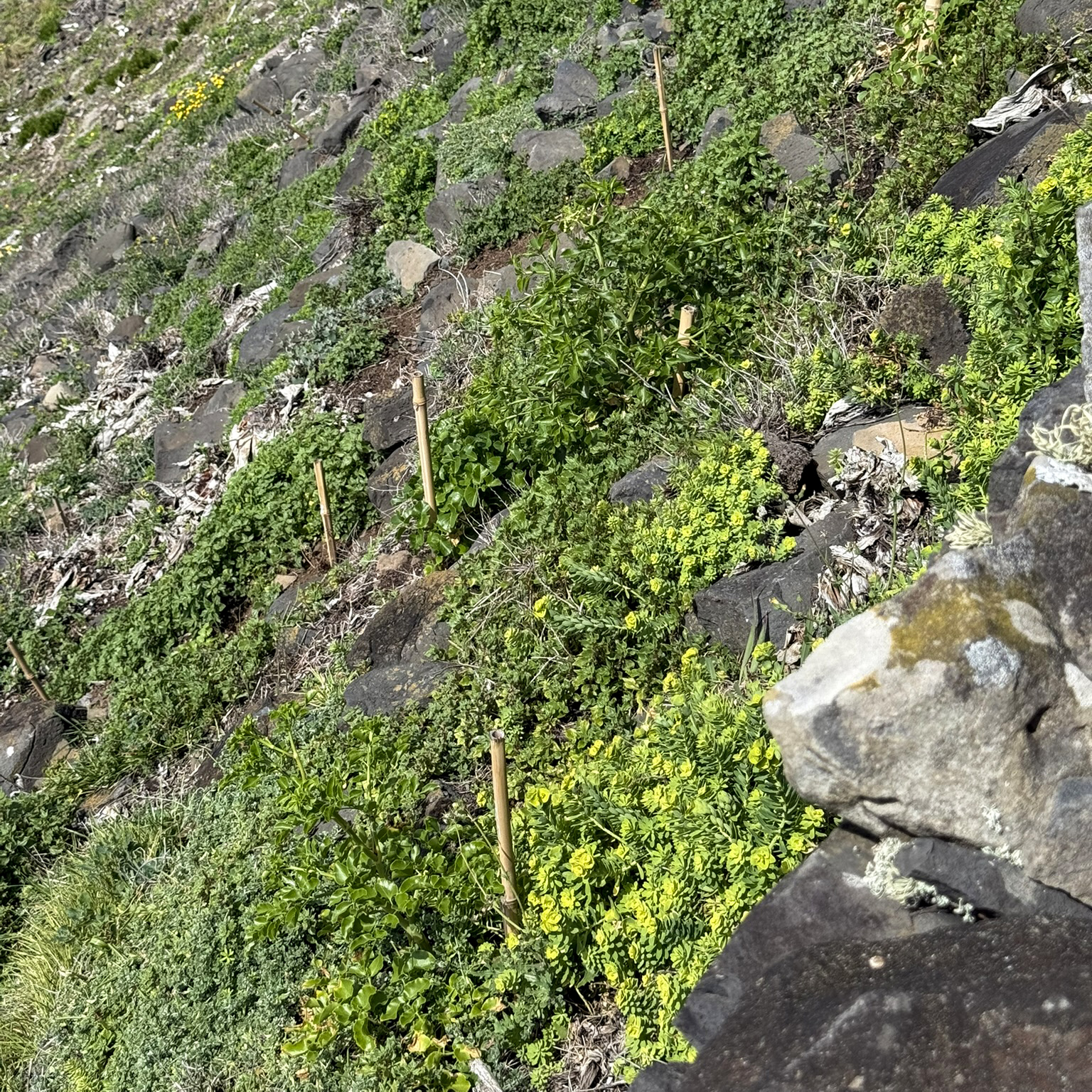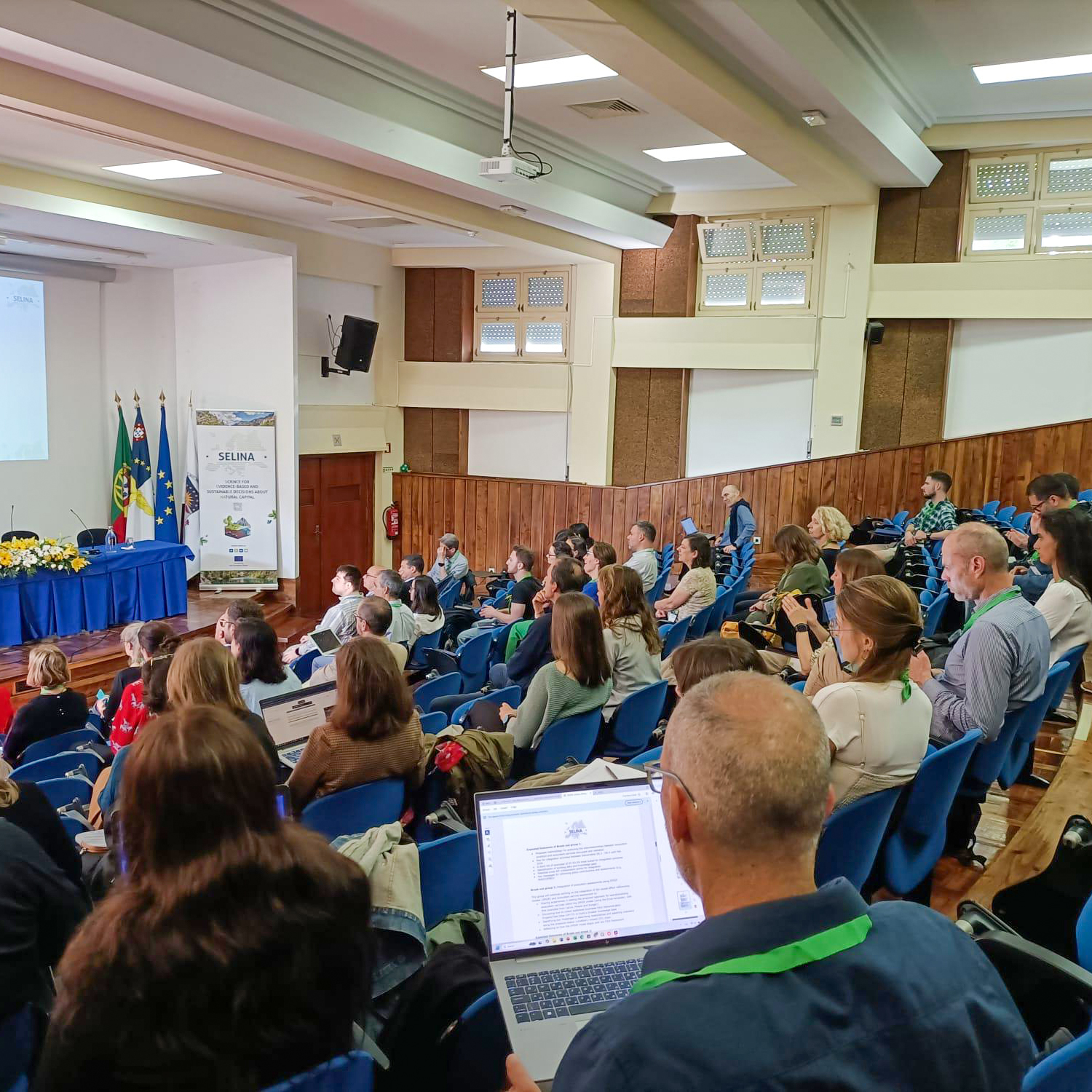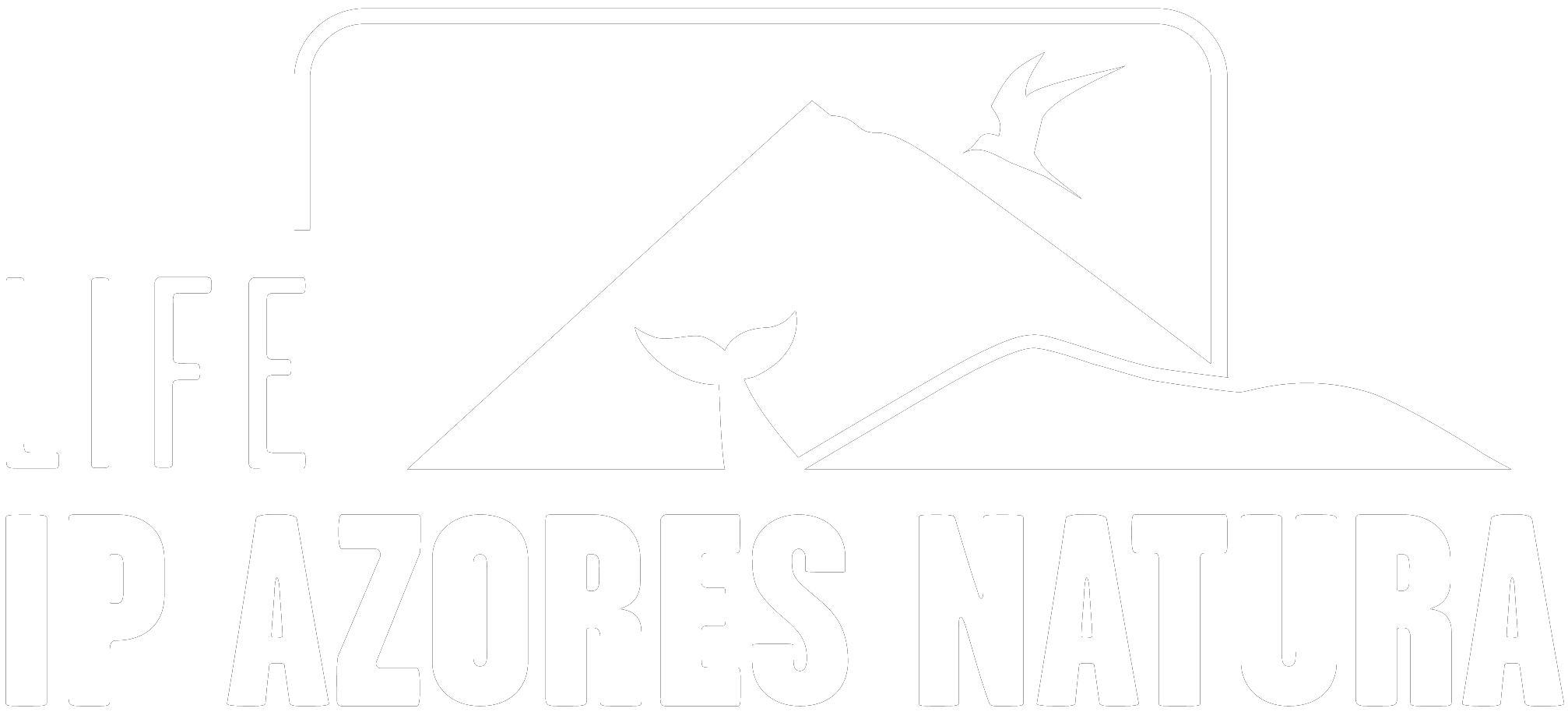This month, the Yellow-legged Gull (Larus michahellis) census is taking place across the archipelago. The census is being carried out until May 31 by different teams composed of staff from DRAM, SPEA, DRAAC, DOP / OKEANOS and the islands’ Natural Parks. Monitoring begins with going around the island by boat and identifying the existing seagull colonies; the colonies where nest counts are not possible from the sea are subsequently visited by land. In inaccessible colonies, the survey is done by drone. To date, the census has been carried out on the islands of Flores, Corvo, Pico, Graciosa (Baixo Islet) and Santa Maria (Vila Islet).
On Baixo Islet, a sharp decrease in breeding pairs compared to the previous censuses has been registered: 1984 – 260 breeding pairs, 2004 – 320 breeding pairs, 2015 – 229 breeding pairs, 2021 – 46 breeding pairs. This decrease may reveal the improvement in waste management since 2016, or an outbreak that has caused the population to die, and will have to be analysed in detail.
However, only after completing the census on the remaining islands will we be able to draw conclusions regarding the population trend of this species on a regional scale, in comparison with the regional censuses carried out in 1984 and 2004. This census is part of action D5 “Monitoring of terrestrial and marine habitats, species and conservation problems” of the LIFE IP AZORES NATURA project.
On a positive note, a large population of Myosotis maritima was discovered during the census on the plateau on Baixo Islet. Previously, it was thought that only a tiny population of few individuals existed on the islet.
